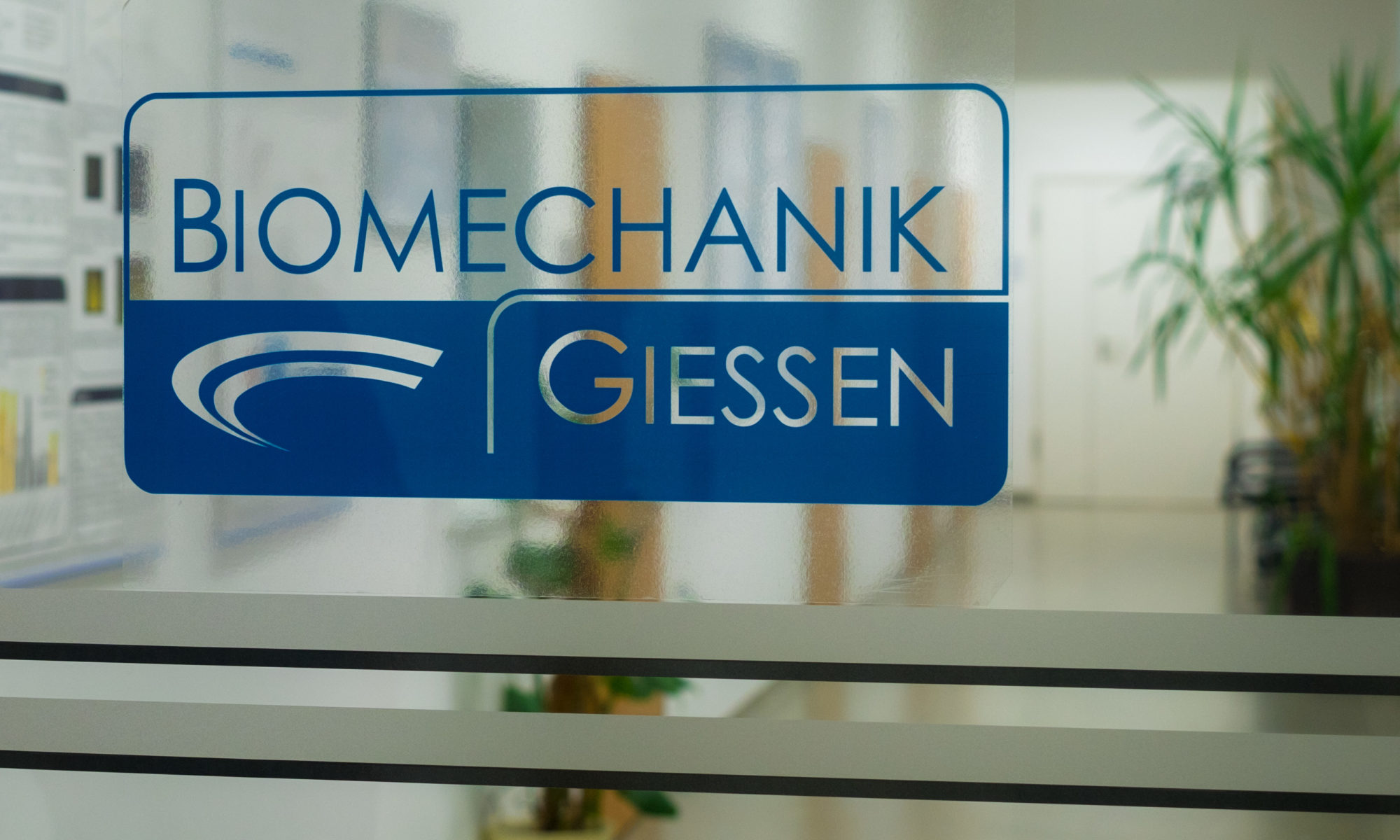Fölsch C 1,2 , Preu S 2 , Fonseca Ulloa CA 2 , Kühn KD 3 ,Rickert M 1,2 , Jahnke A 2
J Orthop. 2022 Oct 30:35:24-30.doi: 10.1016/j.jor.2022.10.013. eCollection 2023 Jan.
- Department of Orthopaedics and Orthopaedic Surgery, University Hospital Gießen and Marburg (UKGM), Justus-Liebig-University, Klinikstraße 33, 35392, Gießen, Germany.
- Laboratory of Biomechanics, Justus-Liebig-University Gießen, Klinikstraße 29, 35392, Gießen, Germany.
- Department of Orthopaedics and Orthopaedic Surgery, Medical University Graz, Auenbruggerstraße 5, Graz, Austria.
Abstract
Introduction: The worldwide rising number of joint replacements results in increasing revision surgery including a relevant portion of septic loosening accompanied by bone deficiencies. Loading of allogeneic bone with antibiotics provides high local antibiotic concentrations and might eradicate bacteria which appear resistant to systemic antibiotic application. Hydrophobic palmitic acid was shown to be a suitable carrier for antibiotics and prevents biofilm.
Methods: Cancellous bone derived from 6 to 7 months old piglets was used for a standardized in vitro impaction bone grafting model according to previous studies. The specimens were either thermodisinfected or remained native and palmitic acid with one third and two third partial weight were added and compared with control. Shear force at the interface prosthesis to cement and between cement and bone was measured. The relative micromovements were measured with 6 inductive sensors with a resolution of 0.1 μm at three different measuring heights up to a maximum movement of 150 μm between cement and bone. Taking into account the corresponding applied torque the measured values were normalized in μm/Nm. Statistical analysis was done with SPSS Statistics® Version 26.0 IBM.
Results: Smallest movement was measured for thermodisinfected cancellous bone and a not significant decrease of shear force resistance with addition of palmitic acid was found since supplementing native cancellous bone reduced shear force resistance significantly depending on the weight percentage of palmitic acid.
Conclusion: Supplementation of porcine cancellous bone with palmitic acid did not significantly reduce shear force resistance of thermodisinfected bone since adding palmitic acid to native bone decreased it significantly depending on the volume added. Palmitic acid seems to be a suitable coating for allogeneic cancellous bone to deliver high local antibiotic concentrations and thermodisinfected cancellous bone might be able to store larger volumes of palmitic acid than native bone without relevant influence on shear force resistance.
Keywords: Biofilm; Femoral impaction bone grafting; Native cancellous bone; Palmitic acid; Periprosthetic infection; Shear force; Thermodisinfected bone antibiotic carrier.
